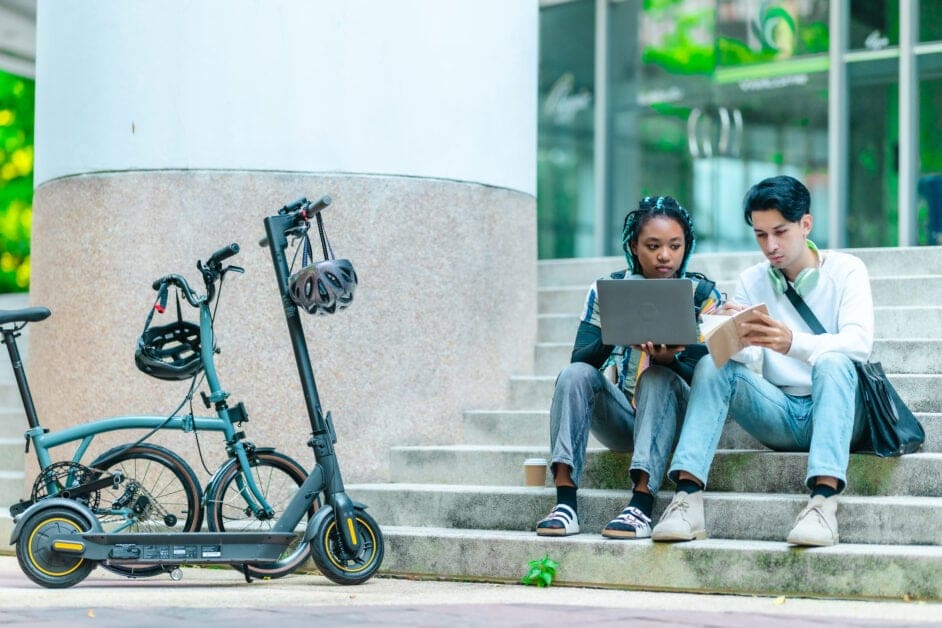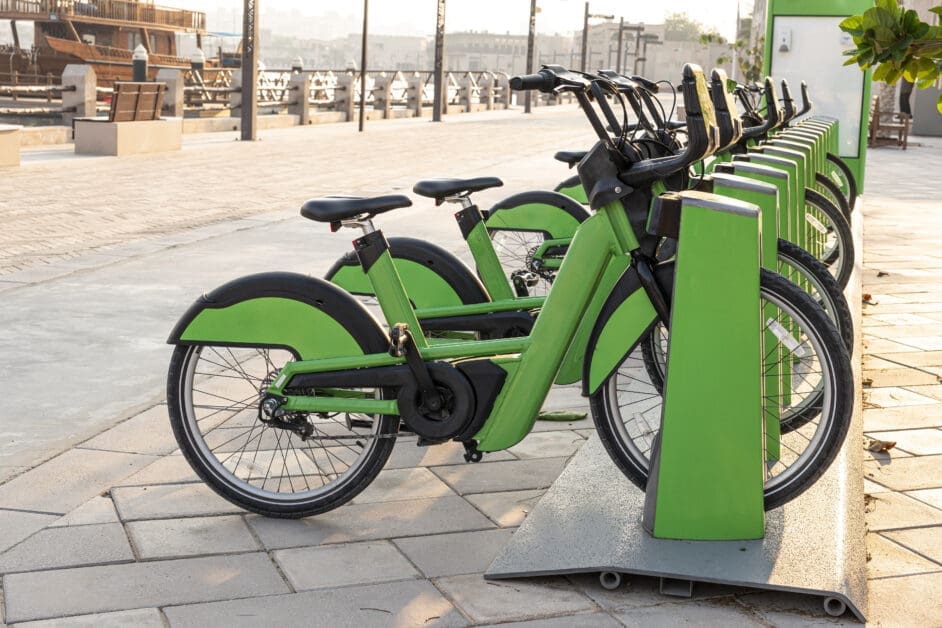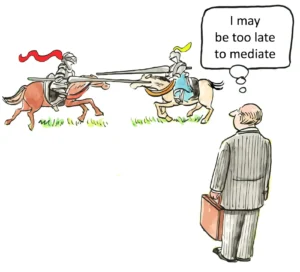Connecticut’s New Helmet / E-Bike Safety Laws & Their Impact on Bridgeport Injury Claims
E-bikes have become a common sight across Bridgeport, offering an affordable, eco-friendly, and efficient way to travel. But as electric bicycles gain popularity, accidents involving riders have also increased—especially those without proper safety gear. In response, Connecticut has updated its helmet and e-bike safety laws for 2025 to better protect riders and clarify legal responsibilities in collisions.
For riders and drivers alike, understanding these updates is critical. The new laws don’t just address public safety—they also affect how liability and injury claims are handled after accidents. Failing to follow the updated rules can influence insurance payouts and legal responsibility in personal injury cases.
This blog explains the changes in Connecticut’s helmet and e-bike regulations, how they affect injury claims, and why consulting an injury law firm in Bridgeport can help victims protect their rights when accidents occur.
Key Changes in Connecticut’s Helmet and E-Bike Laws
Over the past several years, Bridgeport has seen an uptick in e-bike use. Riders use them for commuting, delivery work, and recreation. But this growth has come with risks: accidents involving cars, pedestrians, and even other cyclists are on the rise. Contributing factors include:
- Increased traffic congestion in city centers.
- Lack of clear bike lane infrastructure.
- Riders exceeding safe speeds on shared paths.
- Drivers failing to yield to e-bike riders.
For these reasons, the following changes are provided under the new e-bike law:
1. Mandatory Helmet Use for E-Bike Riders Under 21
Previously, helmet requirements applied mainly to riders under 16 or those on motorcycles. The 2025 update extends mandatory helmet use to all e-bike riders under 21 years old, regardless of bike classification.

Riders who fail to wear helmets may face fines, and in the event of an accident, insurance companies can use this violation to argue that the rider contributed to their own injuries. This change encourages safety but also raises new questions about shared fault in injury claims.
2. Updated E-Bike Classifications
Connecticut continues to classify e-bikes into three categories:
- Class 1: Pedal-assist only, up to 20 mph.
- Class 2: Throttle-assisted, up to 20 mph.
- Class 3: Pedal-assist only, up to 28 mph, with speedometer requirement.
Under the new law, Class 3 e-bikes are prohibited on multi-use trails or sidewalks, unless local ordinances specifically allow them. Bridgeport has begun reviewing its zoning and transportation codes to align with this rule.
Violations not only result in fines but can also affect fault assessments in personal injury claims—particularly if a crash occurs on a trail where Class 3 bikes are banned.
3. Equipment and Safety Standards
The new regulations also strengthen equipment rules for all e-bikes:
- All e-bikes must have front lights, rear reflectors, and audible warning devices (such as bells or horns).
- Riders must obey all standard traffic signals and lane markings.
- Modified or homemade e-bikes exceeding 28 mph are treated as motor vehicles, requiring registration and insurance.
These distinctions become important when filing or defending injury claims. If a rider violates these standards, it may influence liability and reduce potential compensation.
Legal Impact of the New Laws on Injury Claims
Connecticut follows a modified comparative negligence rule, meaning victims can recover damages as long as they are not more than 50% at fault for the accident. However, the compensation is reduced by their percentage of fault.
If a rider suffers a head injury while not wearing a legally required helmet, insurers and defense attorneys may argue that the lack of protection contributed to the severity of the injury. This can reduce the settlement amount.
For example:
- If total damages are $100,000 and the rider is found 25% responsible for not wearing a helmet, the final recovery would be $75,000.
A skilled injury law firm in Bridgeport can counter such arguments by presenting medical evidence showing that other factors—such as driver negligence—were the primary cause of harm.
How an Injury Law Firm in Bridgeport Can Help
E-bike and helmet law cases often involve both traffic regulations and personal injury principles. An experienced injury claim lawyer in Bridgeport provides guidance by:
- Investigating the accident thoroughly – Gathering video evidence, witness statements, and police reports.
- Evaluating comparative fault – Determining whether helmet or rule violations affect recovery potential.
- Negotiating with insurers – Preventing low settlements based on exaggerated claims of rider negligence.
- Calculating long-term damages – Including medical costs, lost wages, and pain and suffering.
- Representing victims in court – When settlement negotiations fail or legal questions about the new rules arise.
Attorneys familiar with the 2025 updates can also ensure claims align with the latest state definitions and enforcement standards.
Last Words
Connecticut’s 2025 helmet and e-bike safety laws aim to reduce accidents and clarify liability, but they also reshape how injury claims are evaluated. For Bridgeport riders, understanding these rules is vital—both for staying safe on the road and for protecting their rights after an accident.
Failure to follow the updated regulations, such as wearing helmets or respecting e-bike classifications, may reduce compensation under comparative negligence principles. However, victims still have strong legal options to pursue recovery when driver negligence, poor infrastructure, or defective equipment contribute to a crash.
Working with an injury law firm in Bridgeport ensures that victims understand their rights, comply with the latest laws, and secure fair compensation. With legal guidance and public awareness, Bridgeport can move toward safer, more responsible e-bike use.













